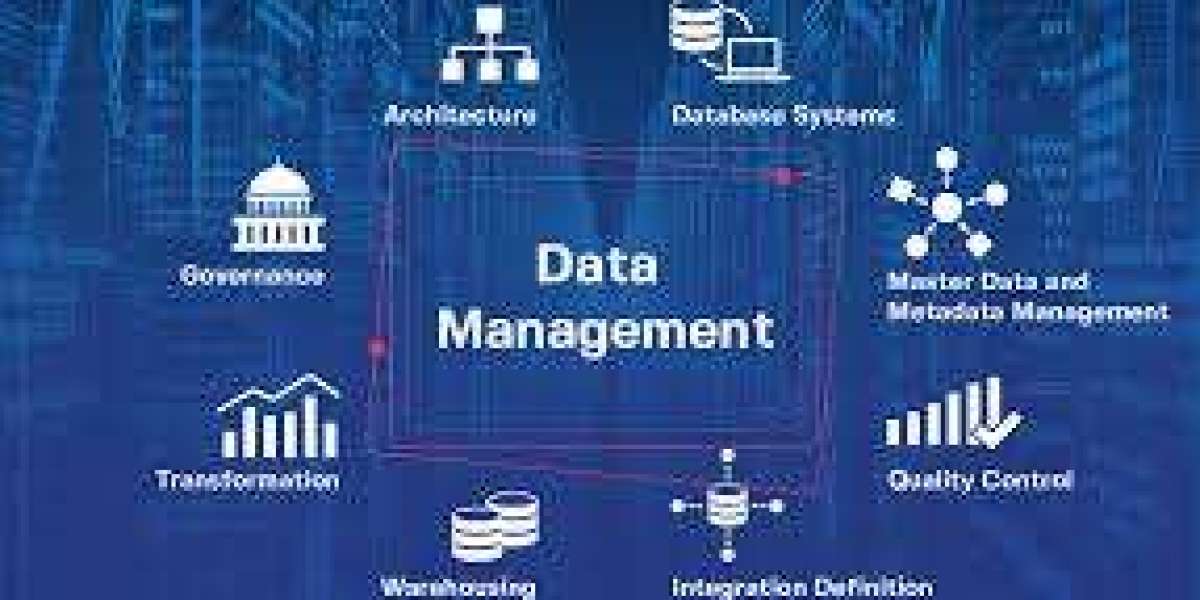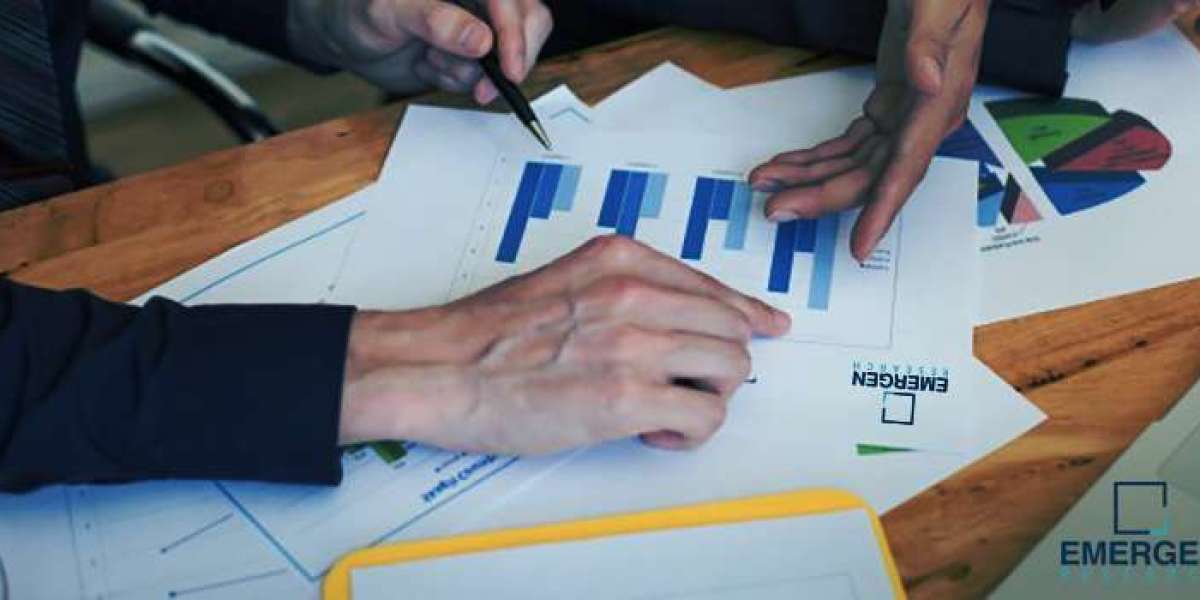Introduction
Crop management software has revolutionized modern agriculture by providing farmers with tools to optimize their farming practices. One crucial aspect of these software solutions is data management and analysis. In this article, we'll delve into the significance of effective data management and analysis in crop management software and explore its various components and techniques.
Importance of Data Management and Analysis
Crop management software relies heavily on data to make informed decisions. By efficiently managing and analyzing data, farmers can achieve the following:
Optimizing Crop Yield
Data-driven insights enable farmers to monitor crop health, detect diseases early, and make timely interventions. Analyzing historical data helps in identifying patterns and trends, allowing farmers to adjust their practices to maximize yield.
Enhancing Resource Efficiency
With precise data analysis, farmers can optimize resource allocation, such as water, fertilizers, and pesticides. By applying these resources judiciously based on data insights, wastage is minimized, and environmental impact is reduced.
Key Components of Data Management
Efficient data management comprises three main components:
Data Collection
This involves gathering data from various sources such as sensors, drones, satellites, and manual inputs. The data collected can include weather conditions, soil moisture levels, crop health indicators, and more.
Data Storage
Once collected, the data needs to be stored securely in a centralized repository. Cloud-based solutions are commonly used for scalability and accessibility, ensuring that data is available whenever needed.
Data Analysis
Data analysis involves processing and interpreting the collected data to derive actionable insights. This can range from basic statistical analysis to more advanced techniques like predictive modeling and machine learning algorithms.
Advanced Techniques in Data Analysis
Predictive Modeling
Predictive modeling is a powerful tool within crop monitoring software that utilizes historical data to forecast future outcomes with a high degree of accuracy. This technique involves the use of mathematical algorithms to analyze past crop performance, environmental factors, and other relevant variables to anticipate potential issues and recommend preventive measures. By identifying trends and patterns in data, predictive modeling helps farmers make informed decisions about planting schedules, pest management strategies, and resource allocation. For example, predictive models can forecast the onset of diseases or pest infestations based on historical weather patterns and crop health indicators, allowing farmers to take proactive measures to mitigate potential damage.
Machine Learning Algorithms
Machine learning algorithms are a subset of artificial intelligence that enable crop management software to continuously learn from new data inputs and improve its performance over time. These algorithms can analyze large datasets and identify complex patterns that may not be apparent to human analysts. By leveraging techniques such as neural networks, decision trees, and support vector machines, machine learning algorithms can make predictions and recommendations with a high degree of accuracy. For instance, machine learning algorithms can analyze soil data, weather forecasts, and crop rotation patterns to optimize irrigation schedules and fertilizer applications, thereby maximizing crop yields while minimizing resource usage. Additionally, machine learning algorithms can automate tedious tasks such as weed identification and yield estimation, freeing up farmers' time to focus on more strategic activities.
Integration with Precision Agriculture
Precision agriculture is a farming approach that utilizes technology to optimize crop production and resource management. Crop management software often integrates seamlessly with precision agriculture technologies such as global positioning systems (GPS), geographic information systems (GIS), and remote sensing devices. These technologies enable farmers to collect real-time data about soil conditions, weather patterns, and crop health, allowing for precise and targeted interventions. For example, GPS-guided machinery can precisely plant seeds and apply fertilizers and pesticides at optimal rates, reducing waste and environmental impact. Similarly, drones equipped with multispectral cameras can capture high-resolution images of fields, allowing farmers to monitor crop health and identify potential issues such as nutrient deficiencies or pest infestations. By integrating crop management software with precision agriculture technologies, farmers can make data-driven decisions that maximize yields, minimize input costs, and promote environmental sustainability.
Challenges in Data Management and Analysis
Despite the numerous benefits of data management and analysis in crop management software, there are several challenges that farmers may encounter:
Data Quality and Accuracy
Ensuring the quality and accuracy of data inputs is crucial for effective analysis and decision-making. However, data collected from sensors, drones, and other devices may be prone to errors or inconsistencies. For example, sensor malfunction, calibration issues, or environmental factors such as electromagnetic interference can affect the reliability of data. Additionally, human error in data collection and entry can introduce inaccuracies into the dataset. To address these challenges, farmers must implement quality control measures such as regular calibration of sensors, validation of data against ground truth measurements, and automated data validation algorithms.
Security Concerns
With the increasing digitization of farming operations, data security has become a significant concern for farmers. Crop management software collects and stores sensitive information such as crop yields, soil fertility levels, and field boundaries, which could be targeted by malicious actors. Cyberattacks such as data breaches, ransomware attacks, and denial-of-service attacks pose a threat to the confidentiality, integrity, and availability of farm data. To mitigate these risks, farmers must implement robust cybersecurity measures such as encryption, access controls, intrusion detection systems, and regular security audits. Additionally, farmers should be vigilant about phishing scams, social engineering attacks, and other tactics used by cybercriminals to gain unauthorized access to their data.
Future Trends in Crop Management Software
As technology continues to evolve, several trends are expected to shape the future of crop management software:
IoT Integration
The Internet of Things (IoT) is a network of interconnected devices that collect and exchange data over the Internet. In agriculture, IoT devices such as soil moisture sensors, weather stations, and drones can provide real-time data about field conditions, crop health, and environmental factors. By integrating IoT devices with crop management software, farmers can access timely and accurate information to make informed decisions about irrigation, fertilization, and pest management. For example, IoT-enabled irrigation systems can automatically adjust water delivery based on soil moisture levels, weather forecasts, and crop water requirements, thereby optimizing water usage and maximizing yields.
Blockchain Technology
Blockchain technology is a decentralized and immutable ledger that records transactions and data exchanges in a secure and transparent manner. In agriculture, blockchain technology can be used to create transparent and traceable supply chains, verify the authenticity of organic or fair-trade certifications, and prevent food fraud and counterfeit products. By recording transactions such as seed purchases, crop sales, and agronomic advice on a blockchain ledger, farmers can establish trust and accountability among stakeholders such as consumers, retailers, and regulatory agencies. Additionally, blockchain technology can facilitate peer-to-peer trading of agricultural products, enable smart contracts for automated payments and deliveries, and streamline regulatory compliance processes. Overall, blockchain technology has the potential to revolutionize the agricultural industry by enhancing transparency, traceability, and trust throughout the supply chain.
Conclusion
Effective data management and analysis are indispensable components of crop management software. By harnessing the power of data, farmers can optimize their operations, increase productivity, and ensure sustainability in agriculture.








